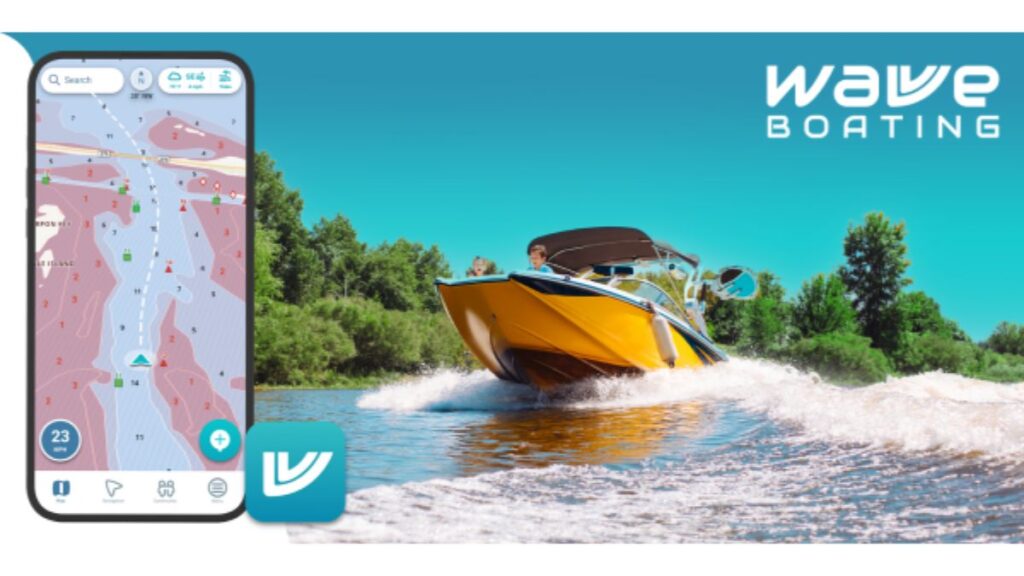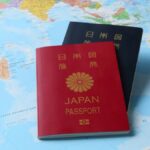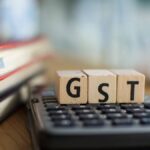Modern marine navigation is no longer limited to paper charts and coastal radio updates. Today’s boaters and professional mariners rely heavily on apps that combine GPS navigation, digital charting, and real-time weather data. For those navigating waters Down Under, understanding how a marine navigation app Australia integrates with local weather services can differentiate between a smooth voyage and a potentially dangerous situation.
As Australia is home to some of the world’s most dynamic and challenging marine environments—from the Great Barrier Reef to the Southern Ocean—reliable and localized weather data is crucial for safety and decision-making on the water.
Why Weather Integration Matters in Marine Navigation?
Weather and sea conditions are directly tied to navigation safety. Storms, swell patterns, wind direction, and tidal activity all impact route planning and onboard stability. A marine navigation app that integrates seamlessly with weather updates allows boaters to make informed decisions before and during their journey.
For Australian mariners, the Bureau of Meteorology (BoM) is the primary source of accurate weather forecasts and alerts. Integration with BoM ensures that apps reflect highly localized, real-time data that accounts for Australia’s unique weather patterns and marine zones.
Key Features of Integration with Australian Weather Services
Marine navigation apps designed for use in Australia often include the following weather-related features:
1. Real-Time Weather Layers
Most modern apps overlay real-time weather data such as wind speed, swell direction, wave height, and precipitation directly on marine charts. Integration with BoM enhances accuracy, providing precise forecasts for offshore regions, inlets, and coastal passages.
2. Severe Weather Alerts and Warnings
Through integration with BoM, apps can issue government-backed warnings for events like tropical cyclones, strong wind gusts, and marine heatwaves. These alerts are essential for both offshore vessels and smaller recreational boats operating near the coast.
3. Tide and Current Predictions
BoM offers extensive tidal predictions for Australian ports and waterways. Marine navigation apps often sync with this data to offer up-to-date tide charts and current forecasts. This is particularly helpful when navigating estuaries or planning an anchorage.
4. Forecast Models
Some marine navigation apps also let users choose from multiple forecast models, including BoM’s ACCESS model, which is tailored for Australian conditions. This adds another layer of control, especially when cross-referencing predictions with international sources like the GFS or ECMWF.
How Integration Works Behind the Scenes?
When a marine navigation app in Australia integrates with BoM, it typically does so via API (Application Programming Interface). This allows the app to pull data directly from BoM’s servers, ensuring fast and accurate updates. Depending on the app, data may be updated every 10 to 30 minutes and can include graphical overlays or raw numerical data.
Some apps cache this information so it’s available offline once downloaded—an essential feature when sailing in remote parts of Australia where mobile coverage is limited.
Popular Marine Navigation Apps That Support BoM Data
A few standout marine navigation apps are especially popular among Australian boaters due to their reliable integration with BoM:
- Navionics: Offers overlays for weather and tides, and while BoM data isn’t native, many Australian users layer it in using third-party sources.
- iNavX: Allows custom chart uploads and layering of weather GRIB files, including BoM-supported files.
- Oz Weather Marine: Specifically designed to pull real-time marine forecasts and alerts from BoM. Ideal for local boaters.
- PredictWind: Offers high-resolution wind models and integrates local Australian marine zones for better regional forecasts.
To get a better grasp on how BoM delivers marine alerts, you can refer to BoM’s official marine services page, which explains how forecasts are structured across various zones.
The Benefit for Recreational and Commercial Mariners
For recreational sailors, kayakers, and fishermen, having real-time BoM updates within their navigation app allows them to plan safer trips, avoid storms, and optimize routes. For commercial operations like ferries, cargo ships, or tourism charters, the integration helps with compliance, scheduling, and fuel efficiency.
In both cases, the ability to respond to changing weather patterns with reliable, region-specific data is invaluable.
Final Thoughts
Australia’s diverse marine environment requires more than just generic weather data. The best marine navigation app Australia solutions take full advantage of the Bureau of Meteorology’s accurate and localized forecasts, integrating this information to enhance user safety and navigational efficiency.
Whether you’re planning a weekend cruise along the Gold Coast or navigating the rugged southern waters, using an app that works hand-in-hand with BoM will keep you a step ahead of the weather, where it matters most.






